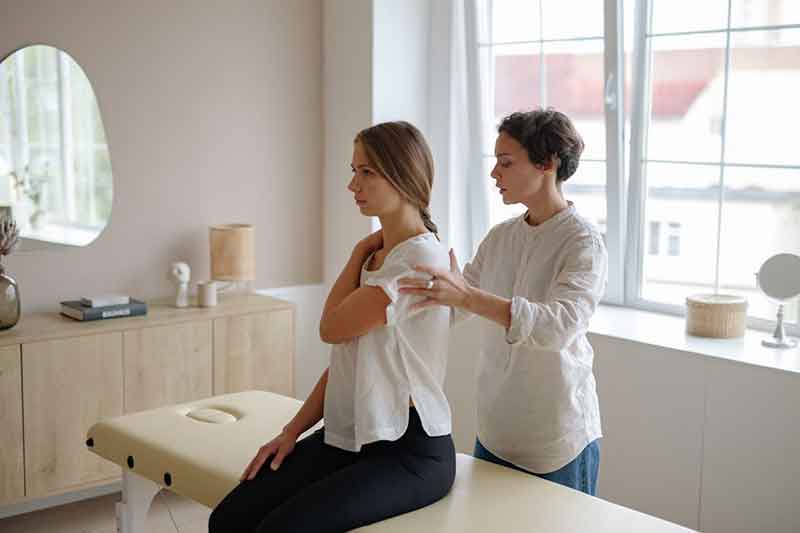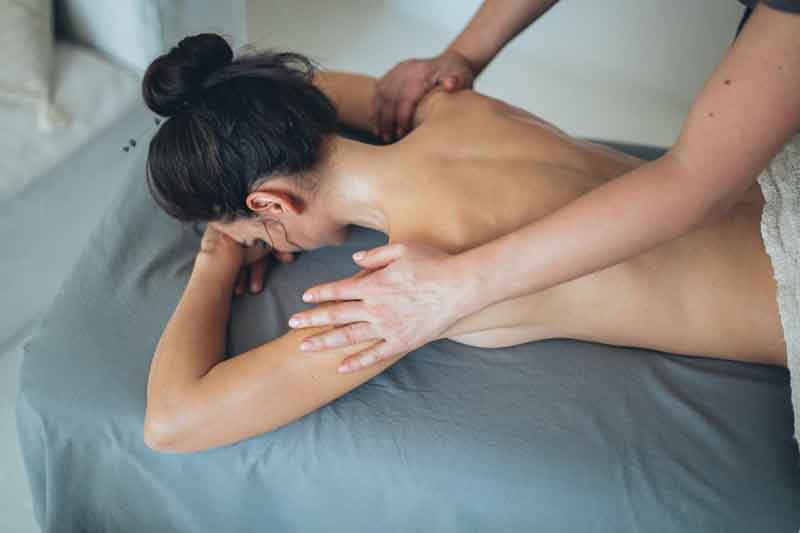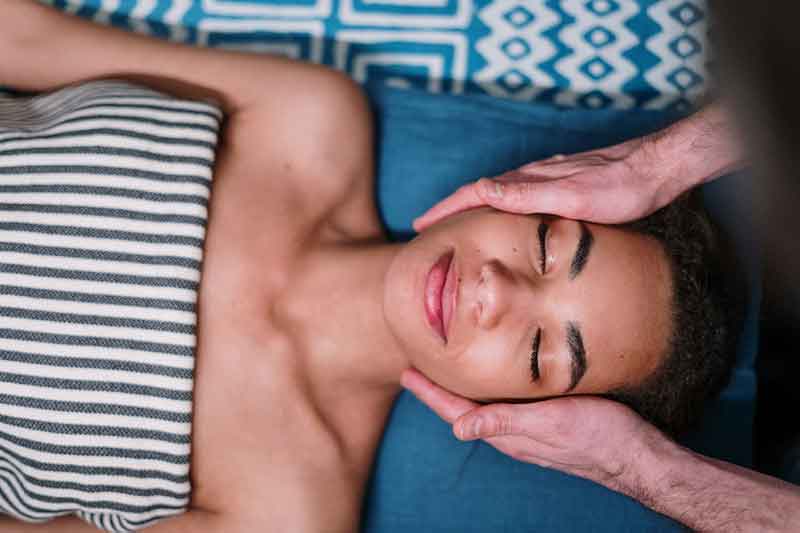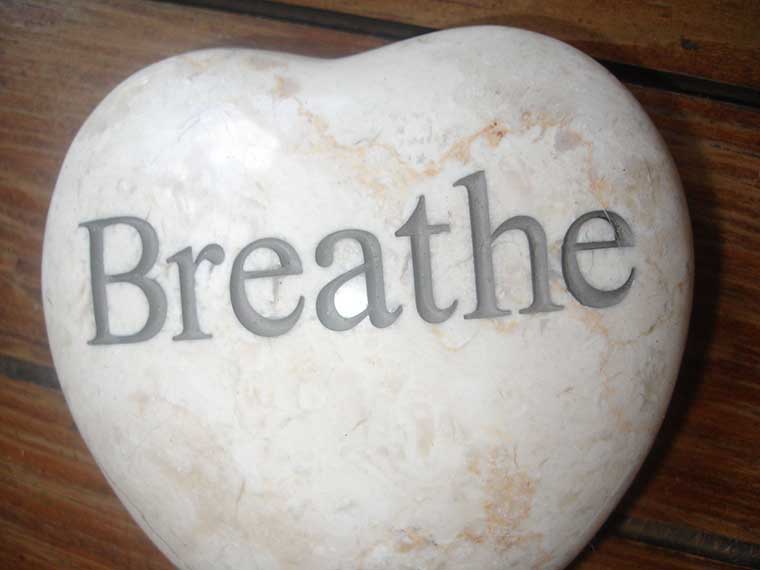Breathing Techniques for Best Results
How to start this new blog post? Well, first take I’ll take a deep breath in… and out.
This may sound familiar, or even cliché, to anyone who has been on a massage table or seen movies with massage. But there are a wide variety of reasons breath work is included in a massage. Most people know of deep breathing as a relaxation technique. Research shows relaxed deep breathing activates the Vagus Nerve helping us get out of the fight or flight/pain and stress mode and into a parasympathetic relaxation response, a nice introduction to the massage session. Your therapist may breathe along with you as a form of synchronization and entrainment to make working together easier and more effective through the session.



As you breathe in and out your therapist may also be noting subtle cues to muscle tightness or dysfunction. These signs may be familiar to some from yoga or meditation. When we “breathe into the space” we are bringing awareness to all the muscles and how they relate to the lungs. While the diaphragm does 60% to 80% of the muscle work in breathing, many other muscles play an important role too. The other main players are the intercostal muscles between each rib that help expand and contract the ribcage to make more space for the lungs. The intercostals can be impaired long after a violent sneeze or coughing fit, a twisting injury (the swing dancing was a lot of fun that night), a bout of the shingles, or a bra that might be too tight.
When we get really active and need to take deeper breaths the neck muscles (scalenes and sternocleidomastoids, common headache culprits) along with our pecs help lift the top of the ribs and collarbone to make more room for air. It is these muscles we try to assist as we catch our breath and put our hands on our knees, or a table or the top of our head.
Multiple other muscles play into breath work also, such as the lats and quadratus lumborum of the low back. The abdominal wall muscles typically help to expel the air only when we become more active as do other muscles of the torso.
Therapists may also use focused breathing during trigger point therapy or stretching as a gentle way to enhance the technique and give you control of how much pressure to add.
We hope you can use this information to help your massage session be your best. This may mean taking some deep breaths before you come in and pass on any information of tightness or pain to your therapist or just forgetting about it all and taking those deep breaths on the table and letting go naturally and completely.
Ultreya!
Darryl Johnson
Licensed Massage Therapist #21909
ACE Fitness Certified Personal Trainer
Ready to Book Your Session?
To learn more about an aromatherapy massage experience, contact About Touch Massage & Acupuncture today. Discuss your preferences, sensitivities, and specific areas of focus. Many spas and wellness centers offer a variety of essential oil options, allowing you to customize your aromatic journey. In the pursuit of holistic well-being, the addition of aromatherapy to a massage proves to be a harmonious union. The therapeutic benefits, ranging from stress relief to enhanced sleep quality, make it a valuable enhancement to the massage experience. As you sink into the massage table, enveloped in the soothing scents of carefully selected essential oils, you embark on a sensory journey that not only rejuvenates the body but also nourishes the soul. At About Touch, we use aromatherapy to transform a routine massage into an aromatic symphony, inviting you to escape, relax, and indulge in the holistic benefits of this sensory delight. Our top-reviewed massage and acupuncture clinic also provides massage therapy for stiff muscles, muscle knots, injuries, and relaxation. Book your appointment now or call 541-484-3055.
Quick Links for More Information
Concussion
Deep Tissue
Oncology


